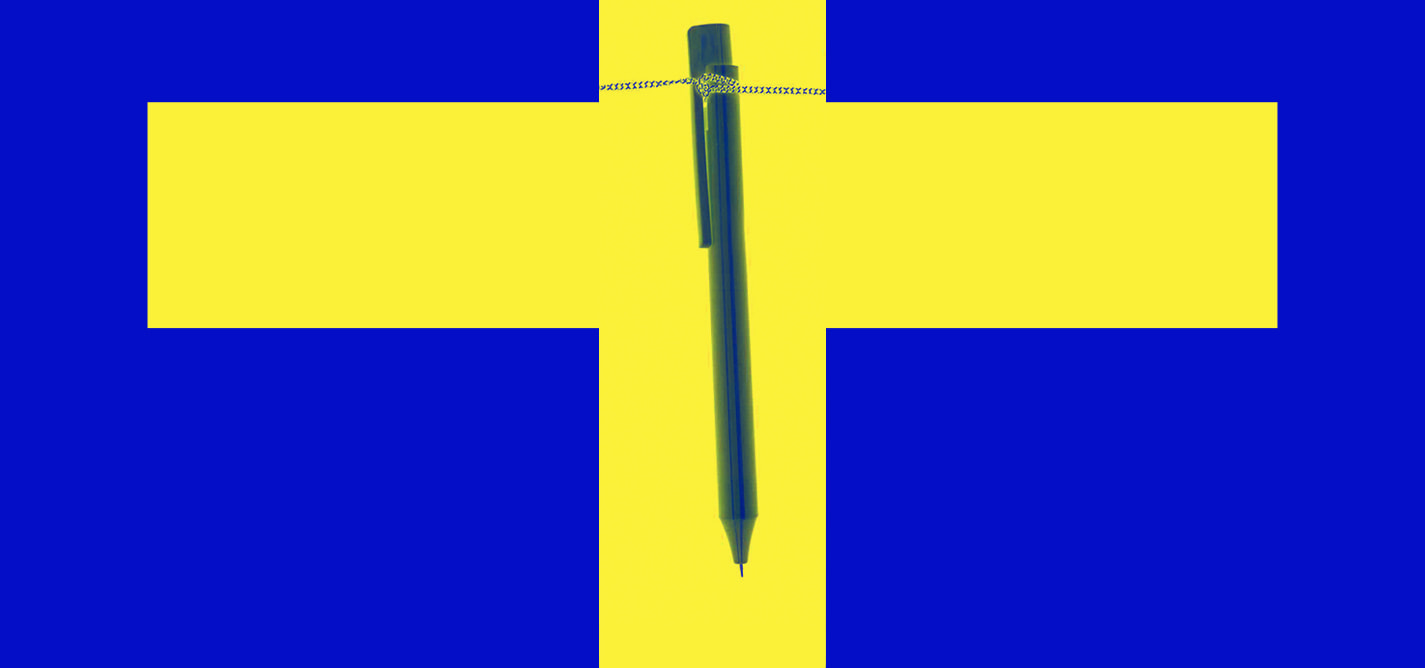
Killing freedom of speech in Croatia
An increasing number of assaults on journalists remain unpunished.
|06.02.2018
|
Regional press freedoms
The new contract signed in 2017 between the government and the public broadcasting service, clearly states that HRT has a duty to “protect the dignity and promote the values of the Homeland War.”

Jelena Prtorić
Jelena Prtorić is a journalist that (mainly) covers South-eastern Europe, she writes for web and print platforms, in Croatian, English, and French. She usually writes about politics, human rights, culture, the environment, and a variety of social topics.
This story was originally written in Serbian.